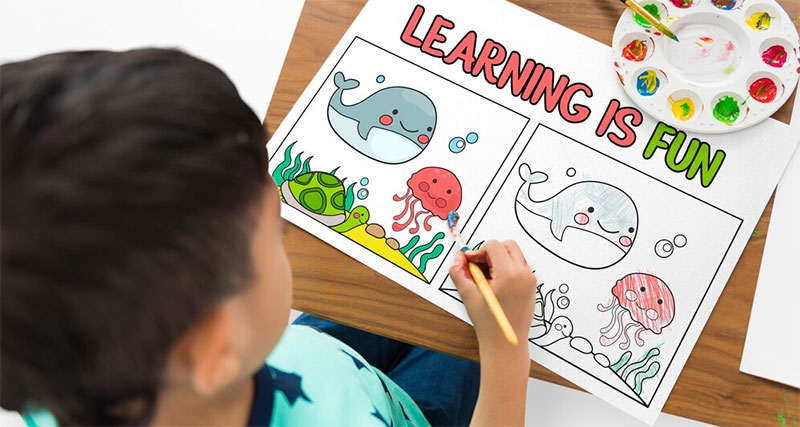Educational Approaches

Parents want to be confident that their child is receiving a good education to prepare them for the future and further education.
The skills and knowledge they learn in school are very valuable and puts them in good stead for future experiences. This extends beyond the classroom setting and is important for everyday life, from personal to peer relationships.
The way teaching is delivered comes in a variety of forms. Furthermore, due to technology, there are a lot of ways teachers can impart education to their students and engage them in the learning process.
Each of the approaches mentioned here are implemented at whole-class level, to foster skills which enable all learners to reach their highest potential in every subject.
1. Active Learning
Active learning is a teaching approach that places student learning at its centre. It focuses on how students learn, not just on what they learn. We, as teachers, need to encourage learners to ‘think hard’, rather than passively receive information. Active learning encourages learners to take responsibility for their learning and supports them in becoming independent and confident learners in school and beyond.
2. Developing Learner’s Language Skills:
Teachers increasingly find themselves working in multilingual or bilingual classrooms, where the challenges facing English as an Additional Language (EAL) and English as a Second Language (ESL) learners mean that all teachers, whatever the subject, have a responsibility to develop learners’ language skills. Research shows that many of the strategies designed for EAL learners also benefit first-language learners, helping them to boost their literacy levels.
3. Improving Learning Through Questioning
Thinking is driven not by answers but by questions. Learners do best when they are given adequate opportunities to engage with and respond to questions. Teachers use questions effectively in the classroom to:
- Review learning
- Challenge learner’s thinking
- Stimulate interest and motivate learners to become actively involved in the lesson • cultivate critical thinking skills
- Encourage learners to ask their own questions
4. Differentiation
Differentiation is a teaching approach that modifies instruction to meet the individual needs of students. It is a way to modify instruction to meet students' individual needs. Teachers differentiate teaching process, content, resources, or the learning environment. A flexible grouping and ongoing assessment can make differentiation one of the most successful instructional strategies.
5. Metacognition
Metacognition and self-regulation approaches to teaching, support learners to think about their own learning more explicitly. It is implied often by teaching them specific strategies for planning, monitoring, and evaluating their own learning and skills. Learners are taught in collaborative groups so that learners can support each other and make their thinking explicit through discussion and collaboration.
6. The Cambridge Framework for Life Skills
Many frameworks exist that aim to address the skills and competencies, learners’ need to succeed through the levels of their education and on into the world of work for the 21st century. At Cambridge, we are responding to educators who have asked for a way to understand how all these different approaches to life skills and competencies relate to their teaching at all levels and how they can support and evidence the development of these skills by their learners through their learning. The six key skills areas that we will be supporting in our Teacher’s Resources and Learner’s Books are as follow: